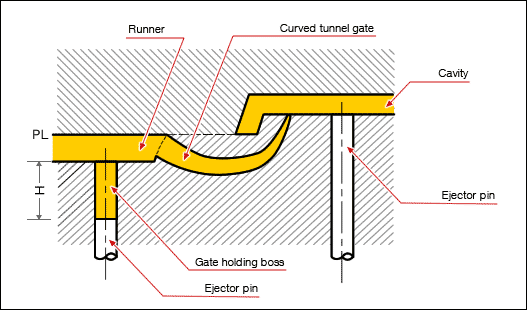Gate Presentation
| Introduction to Gate | ||
|---|---|---|
| A gate is a point of entry or exit in a fence, wall, or other barrier that allows passage. Gates serve various purposes, including providing security, controlling access, and enhancing the aesthetics of a property. Gates can be made from different materials such as wood, metal, or plastic, depending on their intended use and desired appearance. | ||
| 1 | ||
| Types of Gates | ||
|---|---|---|
| Swing Gates: These gates open and close by swinging either inward or outward like a door. Sliding Gates: Sliding gates operate by sliding horizontally along a track, making them ideal for areas with limited space. Barrier Gates: Barrier gates are typically found in parking lots or toll booths and are designed to control the flow of vehicles. | ||
| 2 | ||
| Gate Components | ||
|---|---|---|
| Frame: The frame of a gate provides structural support and determines its shape and size. Hinges: Hinges allow the gate to swing or pivot, enabling it to open and close. Latch or Lock: A latch or lock secures the gate in the closed position and prevents unauthorized access. | ||
| 3 | ||
| Gate Automation | ||
|---|---|---|
| Gate automation involves adding motorized mechanisms to gates, allowing them to open and close automatically. Automated gates provide convenience and enhance security by controlling access to a property. Various automation options are available, including remote control, keypads, card readers, and even smartphone apps. | ||
| 4 | ||
| Popular Gate Designs | ||
|---|---|---|
| Picket Gate: Picket gates feature vertical slats or pickets and are commonly seen in residential settings. Ornamental Gate: Ornamental gates are designed with decorative elements, adding an aesthetic touch to the property. Farm Gate: Farm gates are typically made of metal and used to secure agricultural areas such as pastures or fields. | ||
| 5 | ||
| Gate Safety | ||
|---|---|---|
| Safety sensors: Gate automation systems often include safety sensors that detect obstacles and prevent the gate from closing on a person or object. Warning signs: Placing warning signs near gates alerts people to the presence of a gate and encourages caution. Maintenance: Regular maintenance, such as lubricating hinges and checking for wear and tear, ensures the gate operates safely. | ||
| 6 | ||
| Gate Installation | ||
|---|---|---|
| Determining the gate location and proper measurements is crucial for a successful installation. The gate posts need to be securely anchored to provide stability and support. It is recommended to hire a professional to ensure proper installation and avoid any potential issues. | ||
| 7 | ||
| Gate Maintenance | ||
|---|---|---|
| Regular cleaning of the gate surface helps maintain its appearance and prevents dirt buildup. Lubricating hinges, locks, and other moving parts prolongs their lifespan and ensures smooth operation. Inspecting the gate for any damage or signs of wear allows for timely repairs and avoids potential safety hazards. | ||
| 8 | ||
| Gate Regulations | ||
|---|---|---|
| Local regulations and homeowners' association guidelines may dictate the design, height, and location of gates. When installing automated gates, compliance with safety standards is essential to prevent accidents and injuries. Consulting with professionals and obtaining necessary permits can help ensure compliance with regulations. | ||
| 9 | ||
| Conclusion | ||
|---|---|---|
| Gates play a vital role in providing security, controlling access, and enhancing the aesthetics of a property. Understanding the different types, components, and installation considerations is essential for choosing the right gate. Regular maintenance and adherence to safety regulations ensure the gate's longevity and safe operation. | ||
| 10 | ||
| References (download PPTX file for details) | ||
|---|---|---|
| "Types of Gates: A Comprehensive Guide" by Fe... "Gate Automation: Benefits and Considerations... "Gate Safety Guidelines" by Automated Gate Se... |  | |
| 11 | ||








